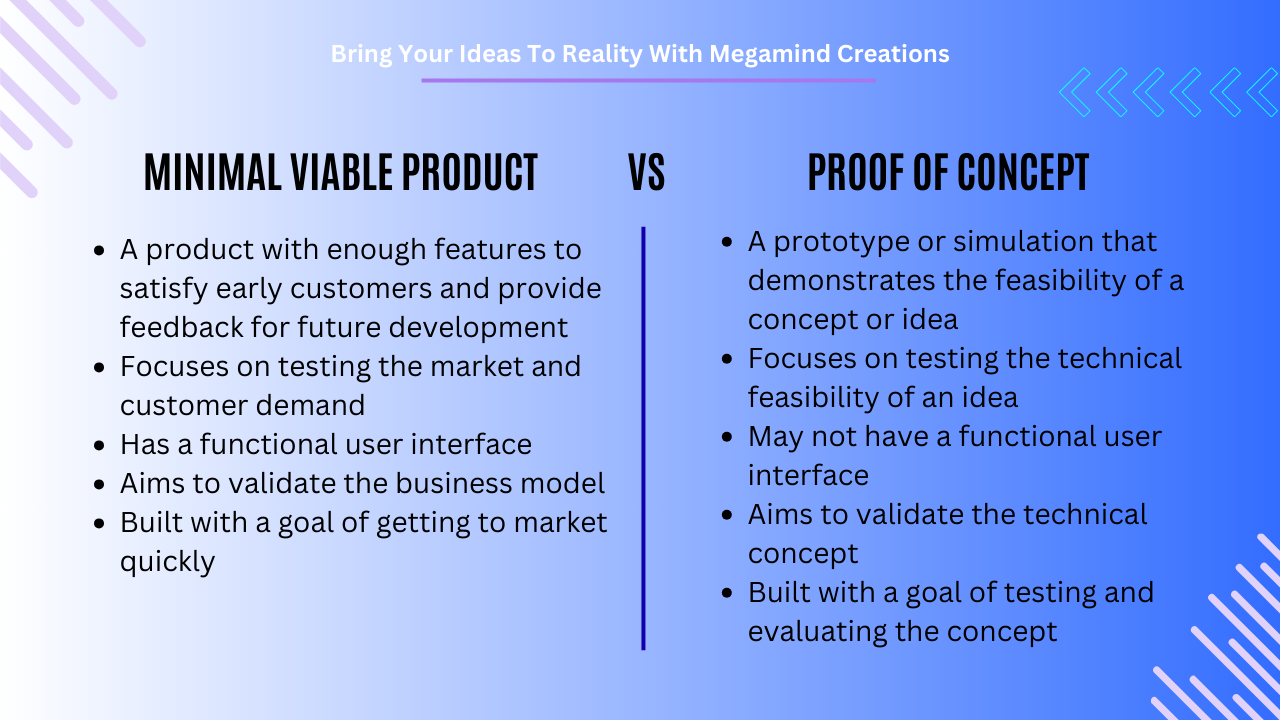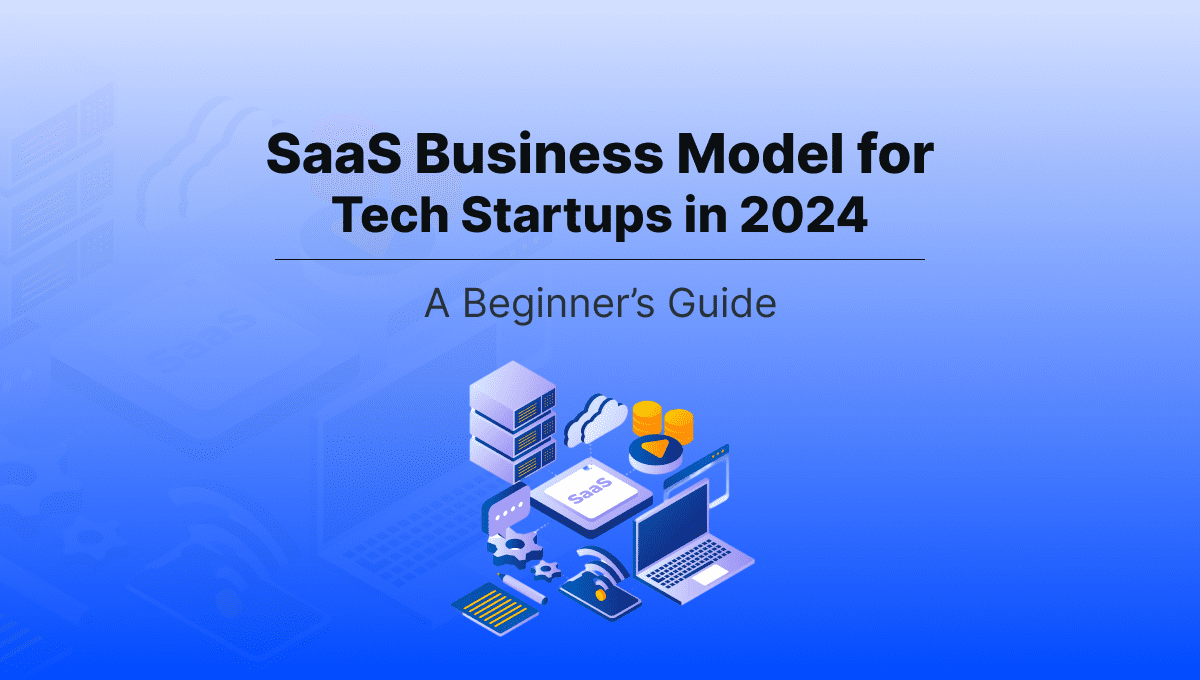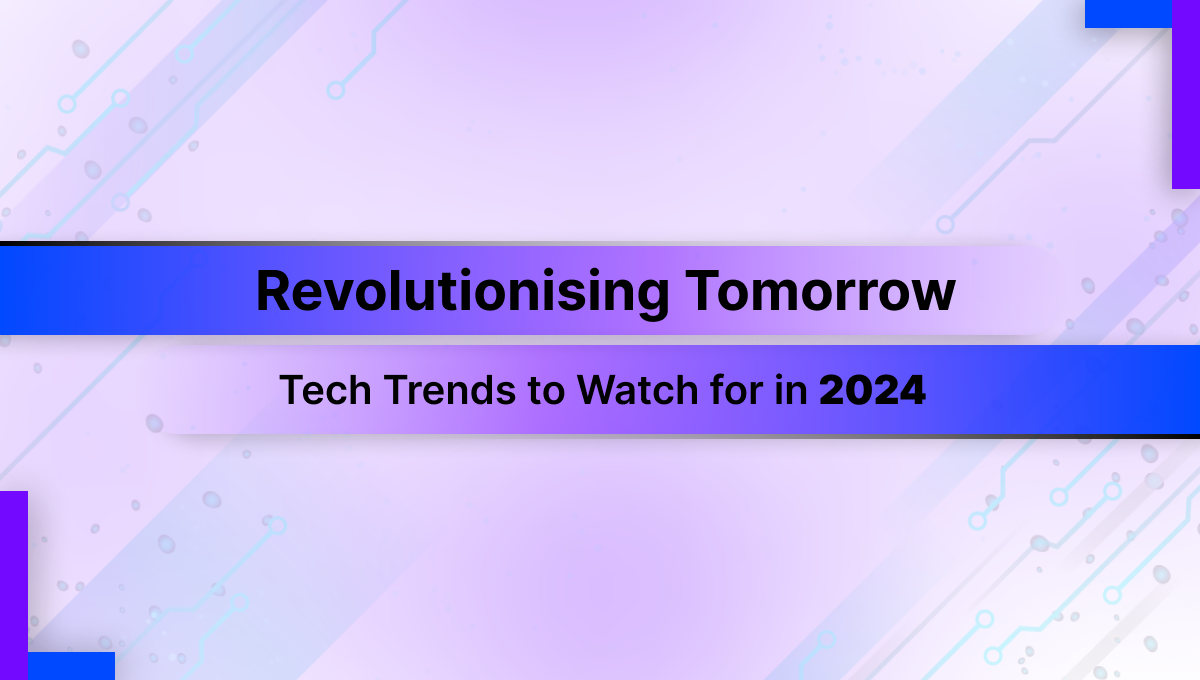MVP (Minimum Viable Product) is one of these IT buzzwords everyone working in mobile app development talks about. Do you really know not only what exactly it is but why it's a good idea for every digital project?
Unlock the potential of your startup with us on the latest trends and techniques for creating a successful Minimum Viable Product in 2024.
Purpose of an MVP - Stats Emphasizing the Need to Build an MVP:
Before diving into the development process, let's understand the purpose of an MVP. An MVP allows you to test your core idea with minimal resources, gather user feedback, and iterate based on insights. According to industry statistics, startups that launch with an MVP are 27% more likely to outperform competitors in customer acquisition and retention.
Creating an MVP is a way to test the viability of a product idea with a small, targeted group of users. By launching an MVP, businesses can:
- Test the feasibility and desirability of a product or feature set before building a final product. Gather feedback from early adopters and the target market, which helps to validate the product-market fit.
- Assess the level of customer interest and demand for the product, which can help determine the final product’s potential success.
- Identify any problems or issues with the product early on, so they can be addressed and corrected before the final launch.
- Gather data and insights that can inform and guide future development decisions.
- Minimize the potential for wasted effort and resources by investing in a product that is more likely to succeed in the market.
Scenarios When You Should Or Shouldn’t Create An MVP
Scenarios when you should create an MVP
When you have a new product idea that you want to validate with real users – MVP allows you to test the product-market fit and gather feedback from the target market before committing to a full-scale launch.
When you want to test a new feature or an enhancement on an existing product – MVP can help validate the new feature’s desirability and feasibility and gauge customer interest before committing to development.
When you are launching in a new market or industry – MVP can help to validate the market fit and gather feedback from the target market before committing to a full-scale launch.
When you are still determining which features to include in the final product – MVP allows you to test different feature sets and gather user feedback to inform future development decisions.
Scenarios when you shouldn’t create an MVP
When you have a simple product that doesn’t require testing with a niche audience – If your product is straightforward, and you are confident that it will meet the needs of your target market, there may be no need to create an MVP.
Developing an MVP can be time-consuming and resource-intensive, so if you need more resources to develop and launch an MVP properly, there may be better options. When you have an existing product that is already successful – You don’t need to validate the product-market fit.
Budget or time constraints – There are better times to go for MVP when you have a very tight budget and timeline and can’t afford to spend time on testing and validation.
MVP is a great way to validate your product idea and gather feedback from your target market, but it’s not always the best approach. You should consider factors such as the complexity of the product, the availability of resources, and the level of uncertainty about the product-market fit before creating an MVP.
Creating a Minimum Viable Product (MVP) involves several key steps, including:
- Define the problem: The initial step in developing an MVP is to pinpoint the specific issue or requirement the product aims to address. This will help you define the core features and functionality that your MVP should include.
- Who is your target audience? After identifying the issue, it’s essential to pinpoint the specific group of people you aim to serve. This will help you understand their needs and preferences and ensure that your MVP is tailored to meet those needs.
- Define the MVP: With a clear understanding of the problem and target market, you can define the MVP. This includes identifying the core features and functionality essential for your MVP to meet the needs of your target market.
- Build the MVP: Once the MVP is defined, it’s time to build it. Remember that the MVP should be a minimal version of the final product, only including the essential features and functionality.
- Test and validate the MVP: Once the MVP is built, it’s time to test and validate it with a small group of early adopters. By gathering feedback during this step, you can make any necessary adjustments before releasing the final product.
- Learn and iterate: Based on the feedback and results from the MVP, you should analyze the data and learn from it. Use the acquired information to enhance the minimum viable product and continuously improve through iteration.
- Launch and Monitor: When satisfied with the MVP, you can launch it to a large group of people (bigger feedback for best results). Monitor the feedback and performance of the MVP, and use that information to continue to improve the product.
Remember that MVP development is an iterative process, and the steps may not always be linear. It’s important to remain flexible and open to feedback throughout the process and be prepared to make adjustments as necessary.
Cost Of Creating A Minimum Viable Product In 2024
The cost of creating a minimum viable product in 2024 can range from $20,000 to $150,000 or more. The necessary resources and effort to develop an MVP depend on its complexity and scope.
We can break down the cost of creating an MVP into several main categories:
- Design and user experience: This includes the cost of creating wireframes, mockups, and other visual elements, as well as user testing and user research.
- Development: This includes the cost of coding, testing, and deploying the MVP, as well as the cost of any necessary hardware or infrastructure.
- Project management and other costs: This includes the cost of project management, which includes tasks such as requirements gathering, planning, and communication with stakeholders. Other costs may include legal, accounting, and marketing expenses.
It’s important to note that the cost of creating an MVP can vary depending on the development platform and tools used, such as whether you decide to build it in-house or outsource it.
Building an MVP in-house can be more expensive than outsourcing it to an MVP development company. Another advantage of outsourcing to an MVP development company is that it’ll take full responsibility for everything from designing the product from scratch to developing the final product.
It’s crucial to consider the expenses associated with keeping the MVP updated and functional, as well as the cost of expanding it into a fully developed product.

Development Mistakes To Avoid While Building An MVP
Building an MVP can be a complex process, and there are several common things businesses need to correct that can lead to delays and increased costs. Here are some development mistakes to avoid while building an MVP:
- Avoiding Over-Complication: A common pitfall in MVP development is adding excessive features, which can complicate the process and hinder feedback collection and adjustments.
- Neglecting Audience Analysis: Inadequate research on the target audience may result in a product that doesn't align with user needs, leading to low adoption rates and engagement levels.
- User Involvement: Engaging users during development is crucial as their input helps tailor the MVP to their needs and pain points, ensuring better outcomes.
- Lack of Problem Focus: MVPs should address specific problems rather than trying to cater to broad requirements, enhancing their effectiveness.
- Design and User Experience Importance: MVPs should maintain a basic level of design and user experience to ensure usability and satisfaction among the target audience.
- Clear Roadmap and Development Plan: A well-defined roadmap and development plan are essential for timely and budget-friendly MVP development, streamlining the process effectively.
- Scalability Consideration: While MVPs are minimal, it's vital to think about future scalability for seamless expansion and updates.
- Experienced Development Team: Partnering with an experienced MVP development team is crucial to avoid errors and delays, ensuring a successful launch aligned with business goals.
Megamind Creations is your go-to destination for MVP development services, excelling in crafting bespoke Minimum Viable Products (MVPs). Our seasoned team of developers, designers, and project managers collaborates closely with you to grasp your requirements and create customised MVPs that perfectly align with your objectives.
Conclusion: how do you measure success after building an MVP?
A successful minimum viable product will tell you what features are the best, what needs to be changed, or if your product has market potential. If your MVP is not successful, that does not mean failure. You have tremendous flexibility at the beginning of your product development, so you can continue to adjust until you get the ideal response. Think of an MVP as bait: you won’t be able to attract any customers without something essential at the end of your hook.
You’ll get feedback and observation over time, even with multiple MVPs. Remember, a successful MVP is no guarantee of long-term success. You are minimizing risk and building confidence in your process to create something that customers will value. You can restart the process with new data and new assumptions several times.
Finally, let’s say goodbye with some practical tips that can help you to succeed with your minimum viable product:
- Focus on your product’s minimum essential feature. This will determine the scope of your MVP strategy.
- Develop your MVP as quickly as possible. To do this, you can turn to us at Megamind Creations, as we have tremendous expertise in MVP development.
- Find a balance between feasibility and aesthetics. If you aim for a functional product, try to make it useful and easy to use without neglecting its appearance.
Remember that it is unnecessary to search for perfection constantly. Improvements to your product or service will come in time. It’s just a matter of keeping trying based on user feedback and statistics.
If you want to start working on your MVP today and get it in 3 months, contact us right now. We will get back to you shortly.
Powered by Froala Editor






